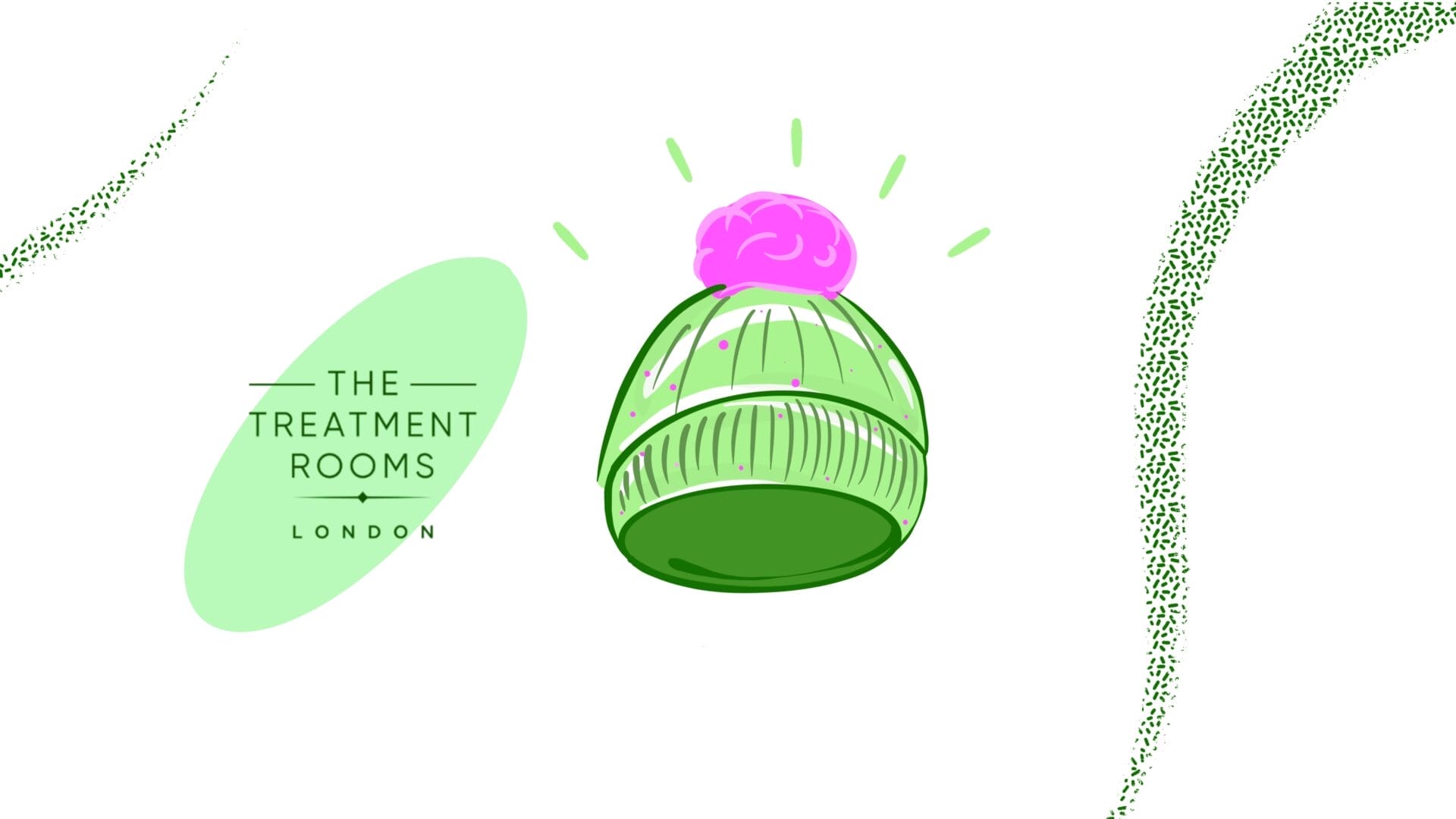If you are a male to female (MTF) transgender person, who has either transitioned or is in the process of undertaking steps to appear more feminine in line with your gender identity, you may have considered hair transplant surgery for a more feminine hairline. The operation can be especially effective if you are receding or have lost hair in your temples. In this blog, we’ll explain why transgender hair transplant surgery (hairline surgery) can be a viable treatment to feminise a hairline.
You can hear from Kristy, one of our patients below who feminised their hairline in our clinic.
Masculine vs feminine hairline
The characteristics of male and female hairlines are different. Let’s run through these characteristics one by one:
Hairline position
A male hairline is usually further back on the head, whereas a female one is further forward and more oval in architecture. This gives the impression of men having a larger forehead. Also, the male hairline can move further back with ageing and this is associated with a maturing hairline.
Hairline shape and ageing pattern
The shape of a male and female hairline is different. A man tends to recede at the temples, making the hairline ‘M’ shaped. This can be seen in the image below.
This varies from the oval-shaped female hairline which runs in a more even line around the edge of the face. This gives females a different, more “convexed” appearance in the temporal area – that is, the part of the face that runs past the outside of the temples in front of the ears. This is shown in the example below where the patient wanted to feminise their hairline, bringing a “M” shaped hairline to a more feminine oval shape.

Male and female hairlines also age differently. There is a receding hairline associated with male pattern baldness which biological women often don’t have. When women suffer from hair loss it is usually an overall thinning, rather than in one area. For this reason, a receding hairline may be concerning for trans women who are completing an MTF transition.
Hair direction and flow
Hairs in the male hairline grow in a different direction than female hairs at the same part of the scalp. Male hair flows straight forward, whereas female hair largely flows backwards and down.
What is hairline transplant surgery?
Hairline transplant surgery is a procedure to remove the ‘M’ shape characteristic of a male hairline, in favour of a more even one that is associated with a feminine look. For those who want to feminise their hairline, this is done by bringing the temples and hairline forward to a more rounded feminine position.
In order to achieve a satisfactory result, the female hairline must be designed with great care and respect to an individual’s age, gender identity and facial features.
Transgender Hair Transplant Surgery Overview
Hair transplant to lower hairline
If you are already experiencing a degree of male pattern baldness before the procedure, it may be that a hair transplant on the affected balding area as well as bringing the hairline forward is required to achieve a full feminine look. Either the follicular unit excision (FUE) hair transplant or follicular unit transplantation (FUT) transplant will be used to lower the hairline.
If you have a receding hairline, you may want to consider non-surgical treatments that should be used prior to a hair transplant, such as minoxidil and finasteride. Your Surgeon will discuss the potential benefits of these treatments with you.

How does feminine hairline transplant surgery work?
The hairline can be lowered to a more feminine position using hair transplant surgery. This will use either the FUE or FUT techniques. On the day of surgery, the procedure will usually start with your surgeon shaving down the hair in the donor area where follicles will be removed.
An FUE hair transplant takes hair grafts as individual follicles from the back of the head. After a series of tiny punches are made, the hair follicles are placed in the ready-made small incisions at the recipient area above the forehead, recreating a new hairline.
An FUT hair transplant removes a strip that is usually several inches long from the back of the head. After this donor site has been stitched up, the strip is divided into individual grafts with a surgical tool. The grafts can then be implanted in the recipient area, where they will grow into a new feminised hairline
At The Treatment Rooms London, we possess a wealth of experience in performing the FUE and FUT techniques, assuring you of the best possible outcome. We can also perform unshaven surgery to help reduce gender dysphoria and get you back to work quicker.
When to undergo feminisation of the hairline
Recovery and aftercare following hairline surgery
A hair transplant procedure to lower the hairline could take anything from 4 to 10 hours. You may wish to split the procedure into sessions on different days.
After the procedure is finished, the scalp is bandaged for a few days and you’ll be given aftercare instructions to follow at home. Many patients will take a week off work, but it is possible to return to some activities after 2-4 days and normal activities after a week.
Potential side effects and risks of hairline surgery
As with any surgical procedure, hair transplant surgery carries a degree of risk.
Bruises around the area of surgery are common, as is hair loss in the short term. It may require up to 7 days for swelling and discomfort to subside following the procedure. Patients may also experience short-term and harmless numbness near the front of the scalp, which will subside after a few weeks.
If you are transitioning from MTF but suffer from male pattern baldness or a receding hairline, you may benefit from a transgender hair transplant. For more information, please book a free consultation with one of our experienced surgeons today.
Share:
Authored by
Reviewed by
Book a Consultation
Related Blogs
When Can You Safely Wear a Beanie After a Hair Transplant?
January 7, 2026
Quick Summary: When can you wear a beanie hat after a hair transplant? Cap Recommendations: Light, breathable caps,…
A Guide to the Norwood Hamilton Scale: Understanding Hair Loss Stages
January 7, 2026
The Norwood scale (also known as the Hamilton-Norwood scale) is the leading classification system used to measure…
How To Make Your Hair Grow Faster After Having A Hair Transplant
January 6, 2026
Your hair will generally grow within 9-12 months after having a hair transplant. However, there are a…
Does Omega-3 Deficiency Cause Hair Loss?
January 6, 2026
Omega-3 is a fatty acid that is required for a healthy body, skin and hair. Modern-day diets…
Complete Guide on Folic Acid and Hair Loss
January 5, 2026
Quick Summary Hair loss is a widespread concern that affects millions of people globally. While genetics, hormonal…
What is DHT & Its Role in Hair Loss?
January 5, 2026
Hair loss is a common concern that millions, if not billions, of people experience at some point…
Guide To Finasteride For Hair Loss
January 5, 2026
One of the most effective medications for treating hair loss is Finasteride, which is often prescribed to…
Which Medications Cause Hair Loss?
January 4, 2026
Medicines are essential in treating diseases, enhancing health, and even saving lives. While medicines can be very…
When Can You Safely Use Oil After a Hair Transplant? Expert Timeline & Tips
January 4, 2026
There is simply something about running your fingers through healthy, well-nourished hair. Hair oils can moisturise the…











